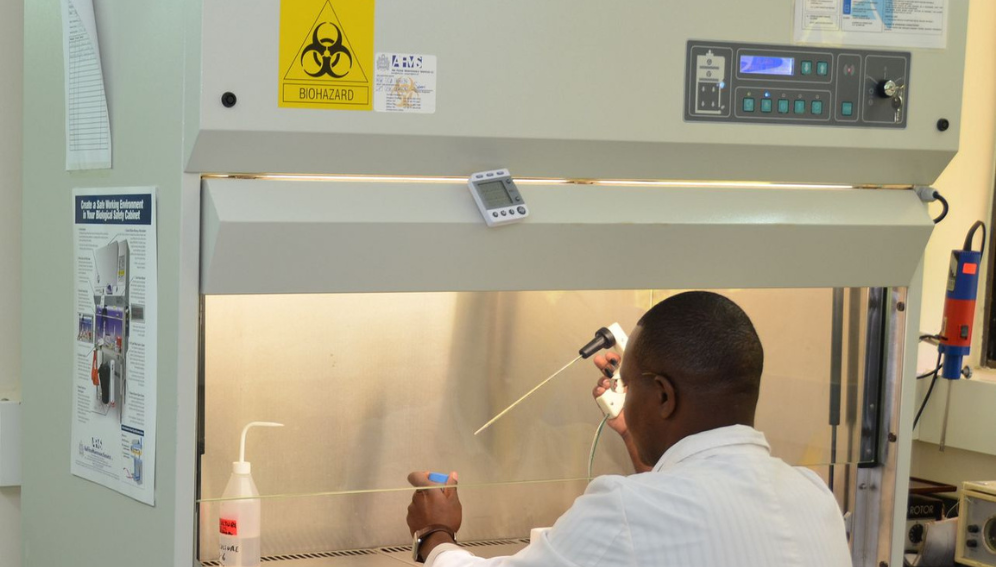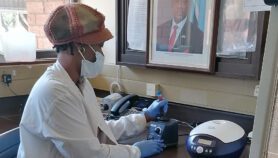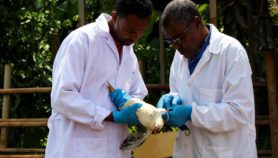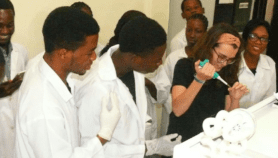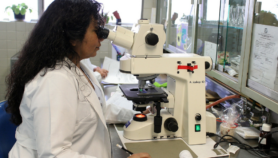Send to a friend
The details you provide on this page will not be used to send unsolicited email, and will not be sold to a 3rd party. See privacy policy.
[CAPE TOWN] South Africa’s overall research and development (R&D) spending dropped by 7.6 per cent in the first year of the COVID-19 pandemic, but R&D expenditure in the government sector rose by 18 per cent, a report has found.
South Africa has been analysing R&D expenditure and performance across five sectors: higher education, science councils, government, business, and not-for-profit organisations since 2001-2002.
“R&D activity, measured by the expenditure on R&D, has been in decline in the business sector for more than a decade,” says Nazeem Mustapha, chief research specialist of the Human Sciences Research Council (HSRC), the organisation responsible for measuring public and private spending in South Africa.
“The implications of the decline are not positive, given that, over the years, a component of the decrease in expenditure was due to losses in R&D personnel, which are notoriously hard to replace,” Mustapha adds.
The report, which was published last month, shows that gross domestic expenditure on R&D in constant 2015 prices decreased from 28 billion South African rand (US$1.6 billion) in 2019/2020 to US1.5 billion in 2020/2021, a year-on-year decrease of 7.6 per cent.
“In 2020, the COVID epidemic made an impact on South African business through enforced lockdowns.”
Nazeem Mustapha, Human Sciences Research Council
“In 2020, the COVID epidemic made an impact on South African business through enforced lockdowns resulting in many businesses cutting back on operational expenses, including R&D,” Mustapha explains.
However, he adds that there was also a significant R&D response to the COVID-19 crisis.

For example, the report shows that the government R&D expenditure over the same period increased by about 18 per cent, whereas expenditure on R&D in business enterprise and higher education sectors decreased by about six per cent and three per cent respectively.
Economic activity
Rasigan Maharajh, chief director at the Institute for Economic Research on Innovation, Tshwane University of Technology in South Africa, agrees, adding that it is important to contextualise the 7.6 per cent year-on-year decrease in the amount of money invested in R&D.
“This was and is the largest decline in economic activity since the democratic breakthrough of 1994. Thus, the largest decrease in R&D expenditure is not a surprise and reflects the correlation between science, technology, innovation and the economy,” Maharajh told SciDev.Net.
The implications of the declines across both public and private sectors are, however, immense, he says. With fewer resources being steered towards generating new products and services, the chances and prospects for a more sustainable and resilient recovery are imperiled.
According to Maharajh, all the sectors that have decreased their R&D expenditures will also contribute to lower employment opportunities and income distribution, affecting livelihoods of people.
Stopping the downward trend
Looking at successful R&D-performing countries, the public sector has subsidised the cost of R&D, which would be too expensive for the private sector to fund on its own, Mustapha says.
In time, R&D outputs from universities and public-private partnerships find their way into the commercial sphere, thereby contributing to economic growth, he adds.
“The cutbacks in expenditure by the public sector signal dire prospects for the future. This is where the first push needs to come to arrest the downward decline,” he explains.
Maharajh adds that while further risk-mitigating incentives for the non-public sector must be considered in South Africa, further efforts are needed to increase high-quality goods and services, which could offer more opportunities for increased funding of R&D.
This piece was produced by SciDev.Net’s Sub-Saharan Africa English desk.


